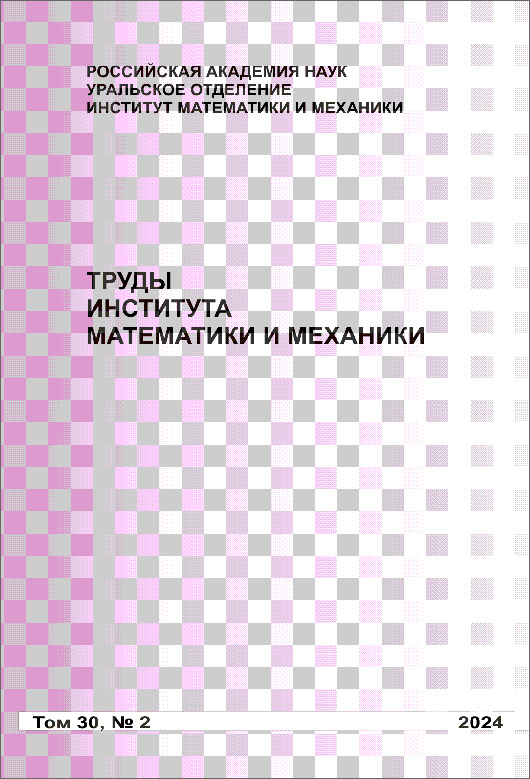|
Autoresonance in a model of a terahertz wave generator
O. M. Kiselev, V. Yu. Novokshenov
Institute of Mathematics with Computing Centre, Ufa Science Centre, Russian Academy of Sciences, Ufa
Abstract:
We study a model of an electromagnetic wave generator based on a system of coupled Josephson junctions. The model is a chain of coupled sine-Gordon equations for the phases of the electric field in the junctions under dissipation and constant pumping. We find conditions for a resonant field excitation under various parameters of the system. It turns out that the chain of sine-Gordon equations evokes an autoresonance with a certain dependence of the frequency on the magnitude of the Josephson pumping current. We construct an asymptotic expansion for a solution of the chain under a large resonant frequency. The leading terms of the expansion for the phases of the electric field are linear in time, which is typical of an autoresonance in a system of coupled oscillators. The key role here is played by the main resonance equation, which defines the mode of the resonant excitation of the chain. This equation is the equation of a mathematical pendulum with periodically changing mass. A class of solutions of this equation is studied in detail, and classes of separatrix solutions corresponding to the zero velocity of the pendulum are described. It is proved that there exists a separatrix $\pi$-kink type solution on which the autoresonance mode is realized in the original chain of sine-Gordon equations.
Keywords:
terahertz band of electromagnetic waves, Josephson junction, sine-Gordon system, kink solution, autoresonance, main resonance equation, asymptotic expansions.
Received: 05.12.2016
Citation:
O. M. Kiselev, V. Yu. Novokshenov, “Autoresonance in a model of a terahertz wave generator”, Trudy Inst. Mat. i Mekh. UrO RAN, 23, no. 2, 2017, 117–132; Proc. Steklov Inst. Math. (Suppl.), 301, suppl. 1 (2018), 88–102
Linking options:
https://www.mathnet.ru/eng/timm1416 https://www.mathnet.ru/eng/timm/v23/i2/p117
|

|




 Contact us:
Contact us: Terms of Use
Terms of Use
 Registration to the website
Registration to the website Logotypes
Logotypes








 Citation in format
Citation in format 